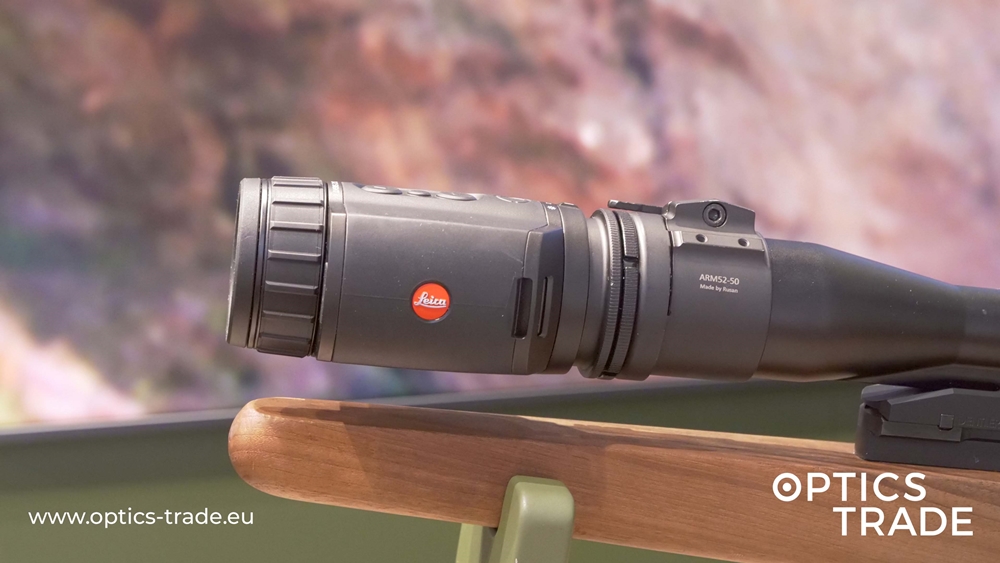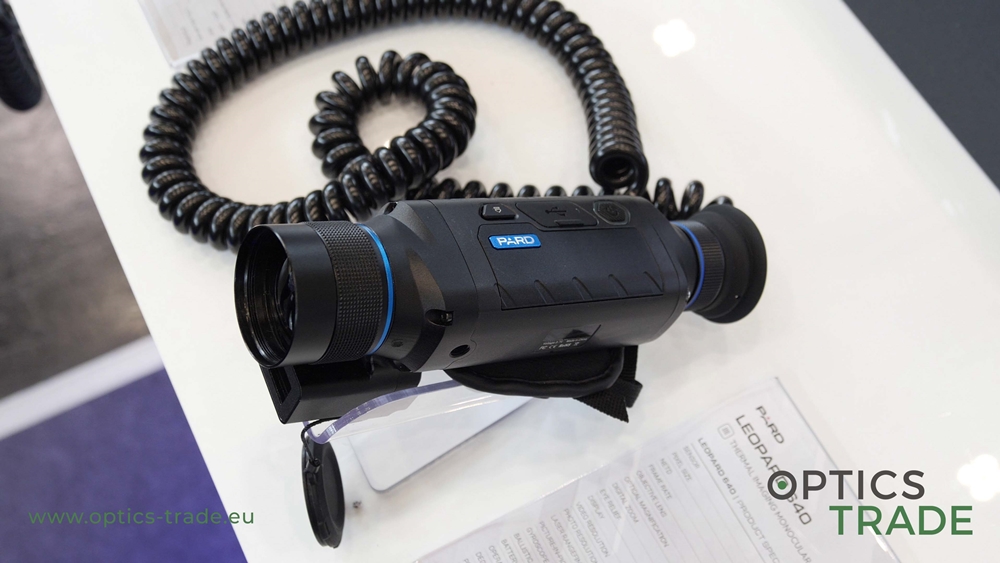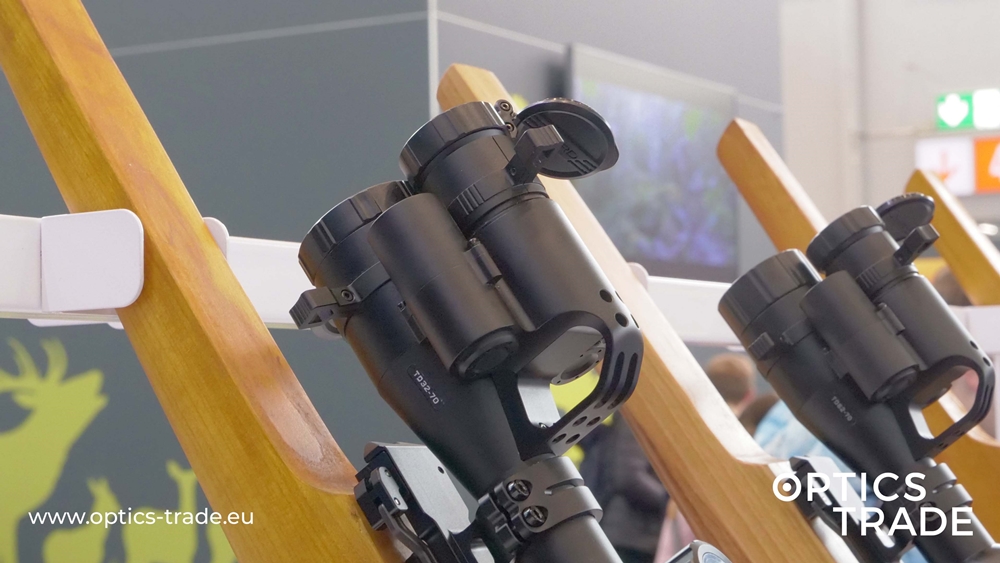Hello and welcome to another episode of Optics Trade Debates. In today’s video, we’ll continue to delve into the category of thermal optical devices available on our webpage. This episode, in particular, will deal with the comparison of thermal imaging binoculars and monoculars.
First, let’s focus on the physical differences. We used Pulsar Helion thermal monoculars and Pulsar Accolade XQ38 or XP50 thermal imaging binoculars for comparison. These devices have the same sensor, display, electronics, and resolution. Function-wise, they are practically the same. Of course, with monoculars, the person uses only one eye, and both when observing with binoculars.
If we look at the size, the Accolade models are about two times bigger than Helion monoculars. Shape-wise, thermal imaging binoculars are also a little bit shorter. They use a central knob for focusing just like classic binoculars while focusing of Helion models is adjusted with a wheel around the objective lens.
The diopter settings of both thermal imaging binoculars and monoculars is adjusted on the rear part of the device as the eyepieces come with a diopter adjustment wheel for fine-tuning the clarity of the image.
It’s time to move on to the practical applications of these thermal imaging devices. Hunters normally observe with one eye, which adopts its pupil to the brightness of the display. Note that the pupil of the other eye remains wide due to the low light environment and is used observation made through a riflescope and, of course, for shooting.
For hunters, thermal imaging monoculars are definitely the best option. The problem with thermal imaging binoculars is that the pupils in both eyes adapt to the brightness of the display and the quick transition back to the lowlight environment is very jarring. Waiting for both eyes to accommodate to darkness can take up a couple of seconds and time is precious when hunting game that can be startled at any moment.
That’s one way to look at it. It’s also important to point out that some people get confused or even disorientated if only one eye is receiving a bright image and the other one isn’t. The contrast between the amount of light can be really uncomfortable too. In that case, the customer should strongly consider opting forthermal imaging binoculars over monocular models.
Thermal imaging binoculars are also much more comfortable for use. Using both eyes and receiving the same image is only natural. That way, the user’s eyes won’t tire out as easily as with monoculars either. Thermal imaging binoculars like Pulsar Accolade XP50 also allow for adjustments of interpupillary distance, just like classic daytime models, and that additionally improves ease of use. Of course, choosing thermal imaging binoculars over monoculars means that the user will simply have to wait a few moments longer before their eyes accommodate back to low light.
Let’s not forget the price factor. Thermal imaging monoculars are far more affordable but it really depends on the product generation. Thermal imaging binoculars are expensive because they require two screens or a whole system of lenses (as in, one screen has to translate into two eyepiece lens). Still, the price difference here is smaller than in comparison to the one between digital and analog night vision devices.
In the end, it all comes down to personal preference.
This is everything we had in mind for this debate. Thank you for your attention. Please like and share this video if you found it useful. If you have any remaining questions, feel free to send us an email or leave a comment in the section below. We love to help. Subscribe to our YouTube channel for more content. See you next time!
Products mentioned:





You left out the most important aspect which is what I am researching as well in trying to make a decision The field of view? You didn’t even touch upon that subject. I am assuming that the field of view with binoculars is much greater than the monocular, which would be the main purpose to begin with? I’m not sure because you never discussed it: